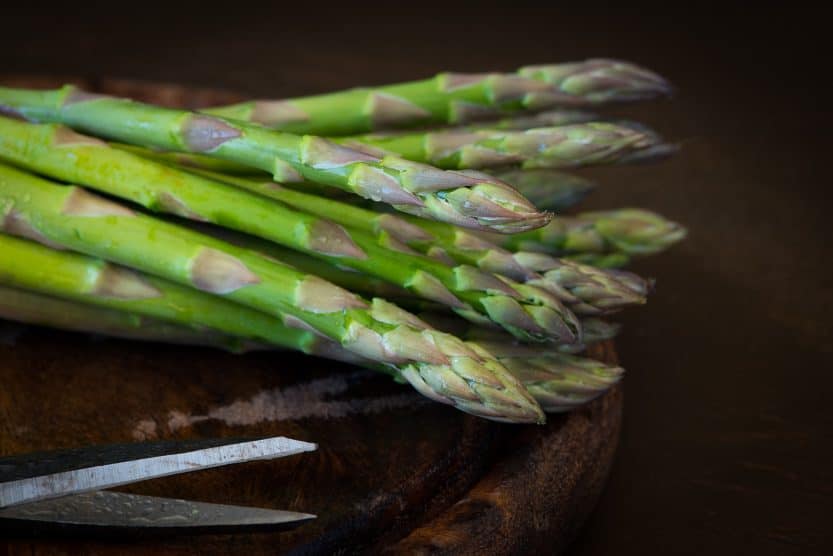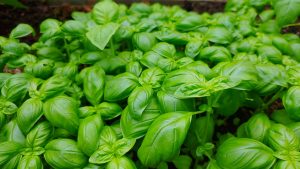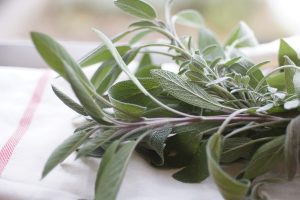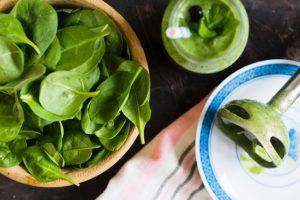This guide will walk you through everything you need to know about harvesting asparagus, from understanding its growth cycle to the best techniques for a bountiful harvest.
Understanding Asparagus Growth
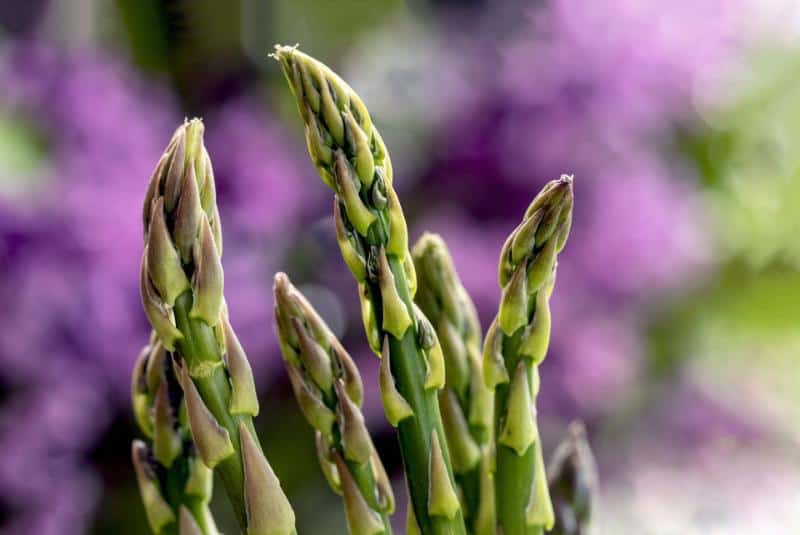
Before you start harvesting, it’s important to understand how asparagus grows. This hardy vegetable typically takes a few years to fully mature, but once it does, it can produce for 15 years or more.
Planting: Asparagus is usually planted as crowns (young roots) and is best put in the ground in early spring or fall, in well-draining soil. Make sure to space the crowns about 12-18 inches apart.
Growth Cycle: Asparagus grows in distinct cycles, beginning with tender spears in spring. The spears push up through the ground, and before they develop into fronds, they are ready to be harvested.
Pellet Life: Asparagus plants are dormant in winter, but as spring approaches, this is when you will see new growth.
When to Harvest Asparagus
Timing is crucial when it comes to harvesting asparagus. Here’s how to know when to collect those delicious spears:
Age of the Plants: If you planted asparagus crowns, wait about 3 years after planting before harvesting. Prior to this period, allow the plants to establish strong roots.
Spring Harvest Season: Typically, asparagus harvesting season runs from early spring to late spring, depending on your climate. Look for spears that are about 6-8 inches tall. The ideal time to harvest is when the spears are still tight at the tips and haven’t begun to fern out.
Daily Inspection: If you want to reap the freshest produce, inspect your plants every day. Spears grow quickly, and you want to catch them at their peak.
How to Harvest Asparagus
Now that you know when to harvest, it’s time to gather the spears. Here are some tips to do it right:
Tools Needed: You don’t need much to start harvesting asparagus. A sharp knife or garden shears will do the trick. Some gardeners prefer using their hands for a gentler approach.
Cutting Technique: To harvest, cut the spear an inch or two above the soil line. Avoid tearing or pulling the stems, as this can damage the plant and hinder future growth.
Keep It Clean: After cutting, immediately place the spears in a basket to keep them clean. If you are harvesting a large quantity, consider placing them in water to keep them fresh until you’re ready to cook.
Caring for Your Asparagus After Harvest

Proper care after harvesting is essential for maintaining the health of your asparagus plants. Here’s what to keep in mind:
Stop Harvesting: The general rule is to harvest for about 6-8 weeks in the spring, then stop to allow the plants to fern out. This helps restore energy to the roots for the next season.
Fertilizing: After the final harvest, apply a balanced fertilizer to give your plants an extra boost.
Weed Control: Keep the area around your asparagus free of weeds, as they compete for nutrients and water.
Mulching: Consider adding a layer of mulch around the plants to retain moisture and suppress weeds.
Health Benefits of Asparagus
Not only is growing asparagus rewarding, but it’s also a nutritious addition to your diet. Asparagus is packed with vitamins A, C, E, and K, and is rich in fiber and antioxidants. Including it in your meals can support digestion, aid in weight loss, and promote heart health.
Enjoying Your Harvest
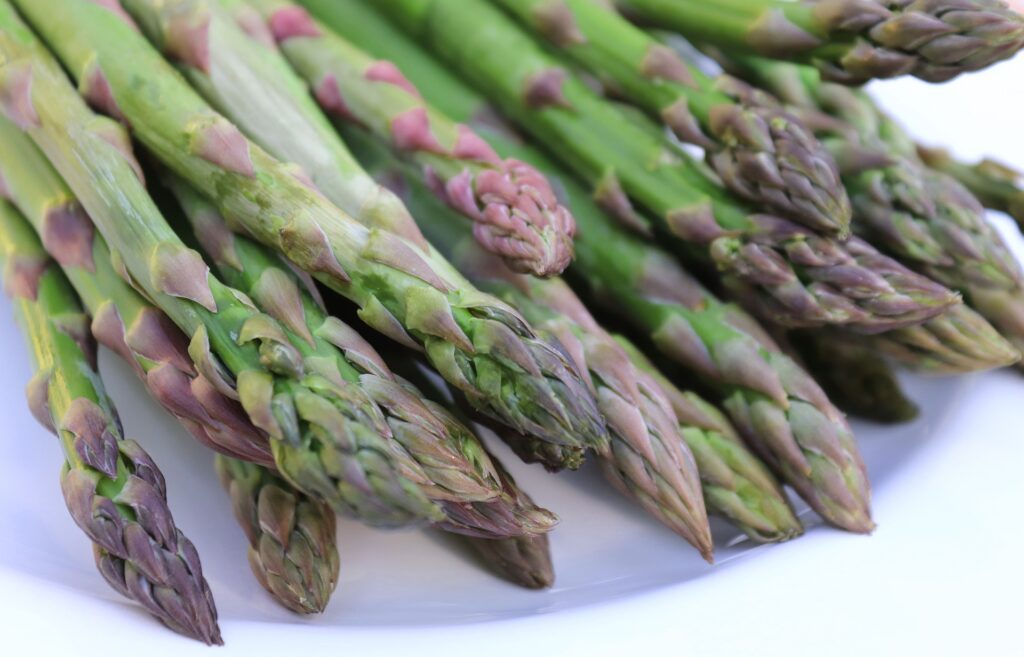
Once you’ve harvested your asparagus, it’s time to savor the fruits of your labor. Asparagus can be prepared in countless ways—grilled, steamed, roasted, or added to salads. The possibilities are virtually endless, and each method highlights its unique flavor.
Simple Recipe to Try
Roasted Asparagus with Lemon and Parmesan
Preheat your oven to 400°F (200°C).
Toss the asparagus with olive oil, salt, and pepper.
Spread them out on a baking sheet and roast for about 15-20 minutes.
Once done, sprinkle with freshly grated parmesan and a squeeze of lemon juice for an added zing.
Final Thoughts
Harvesting asparagus is a rewarding endeavor that connects you to the earth and enriches your cooking. With the right knowledge and techniques, you can enjoy a bountiful harvest year after year


